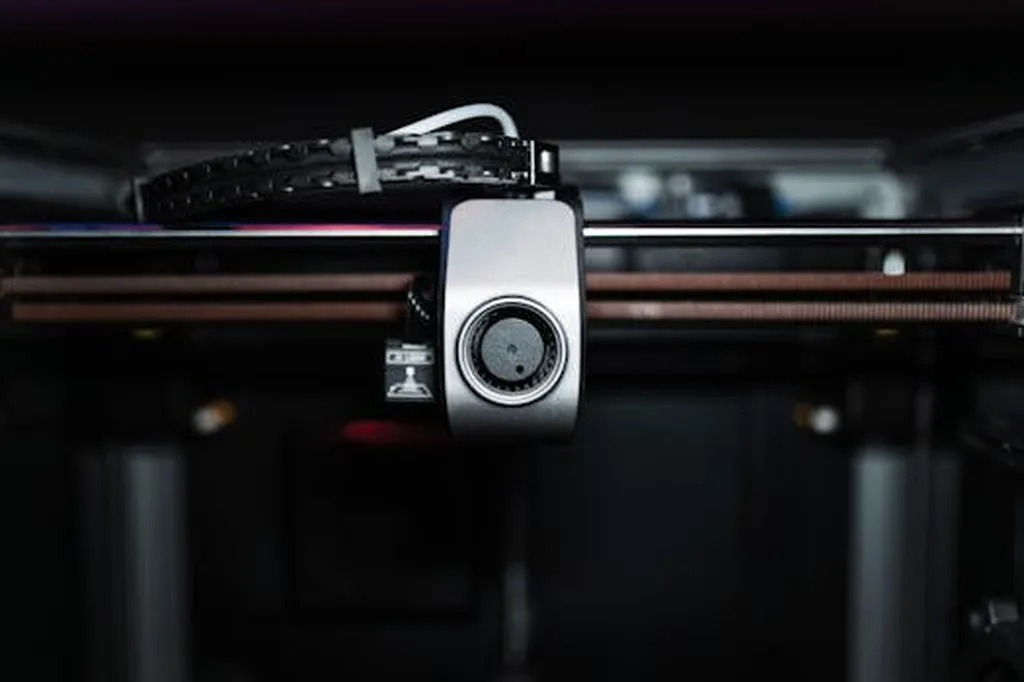In the quest for sustainable construction materials and processes, researchers are turning to additive manufacturing (AM), also known as 3D printing, to optimize environmental and economic efficiency. However, existing life cycle assessment (LCA) models often fall short in capturing real-time data and adapting to evolving criteria. A recent study published in *Nature Scientific Reports* (translated as “Scientific Reports”) introduces an innovative approach that integrates predictive LCA with machine learning and bioinspired optimization to address these limitations.
Led by Jayant M. Raut from the Department of Civil Engineering at Yeshwantrao Chavan College of Engineering, the research couples Gaussian Process Regression (GPR) for predictive LCA, Stochastic Forest for dynamic multi-criteria decision analysis (MCDA), and Particle Swarm Optimization (PSO) for multi-objective optimization. This integrated approach aims to enhance the sustainability and performance of additive manufacturing processes.
“Most models available for Life Cycle Assessment do not capture the dynamism of real-time data and the existing levels of uncertainty,” Raut explains. “Our approach addresses these limitations by introducing an integrated framework that adapts to real-time manufacturing performance and optimizes material and process parameters.”
The study demonstrates significant improvements in predictive accuracy, material wastage reduction, decision accuracy, and cost savings. GPR-based predictive LCA achieves up to 85–90% accuracy, reducing material wastage by 12%. The Stochastic Forest algorithm enhances decision accuracy by 15–20% and cuts costs by about 10%. Meanwhile, PSO optimizes design and manufacturing parameters, increasing efficiency by 10–15% and reducing energy consumption by 8–12%.
These advancements have profound implications for the energy sector, where additive manufacturing is increasingly being explored for its potential to create sustainable and efficient construction materials. By integrating dynamic predictive modeling, real-time adaptive decision-making, and multi-objective optimization, this research paves the way for more sustainable and cost-effective manufacturing processes.
“Our framework is an important step toward integrating the steps reviewed for the development of sustainable Additive Manufacturing practices,” Raut notes. “This integration of techniques helps address the real-time data and uncertainties inherent in adaptive and sustainable solutions in additive manufacturing processes.”
As the construction industry continues to evolve, the integration of machine learning and bioinspired optimization techniques offers a promising path toward achieving optimal performance and sustainability. This research not only addresses current limitations but also sets the stage for future developments in the field, potentially revolutionizing how we approach construction and manufacturing in the energy sector.

